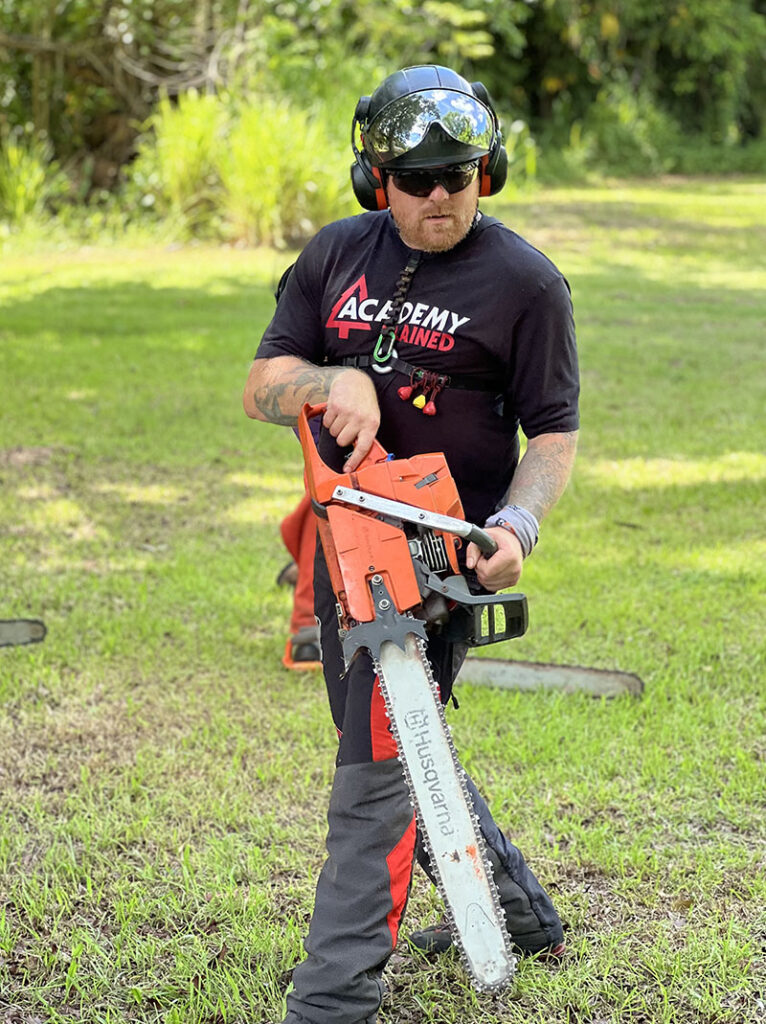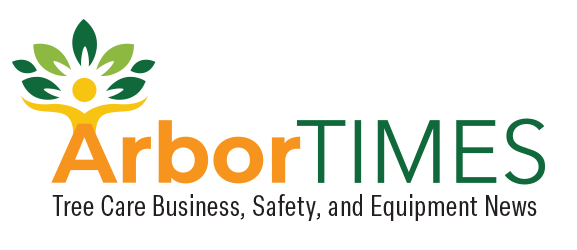Safety Tailgate: Semper Salus
Este es nuestro intento de convertir las historias en audio español usando Inteligencia Artificial. Aún así le recomendamos que reconfirme ciertas palabras clave y temas. ArborTIMES no garantiza ni se responsabiliza de la conversión del inglés al español de los relatos.
_

As a member of the Marine Corps Infantry, a motto we followed was “Semper Salus,” which translated from Latin means “always safe.” During training, a set of rules was drilled into me to keep my teammates and me safe in unsafe scenarios. I became accustomed to taking calculated risks to support those internalized rules.
For context, at Camp Pendleton, there is a tire house used for live-fire training that simulates clearing buildings. Specific parameters dictated that we never point a loaded weapon at another individual or target unless it was our intended target and in our field of fire. Our field of fire was set according to where we were placed in the “stack,” and it determined the area we were responsible for defending.

Regardless of our position, there was an invisible plane that we were not meant to cross with the barrel of our weapons for any reason.
As a civilian working for my first tree company in Calistoga, CA, my Marine Corps training made me feel at home in the tree world. It was dangerous work, and our decisions held the weight of life and death, along with the potential for the destruction of personal property. The situations and hardships we shared fostered camaraderie with each other.

The rule of thumb when climbing was that we only wore hard hats while removing trees or conducting rigging operations. We did not see the danger of taking off our hard hats outside of removals and rigging because we had become desensitized by our day-to-day activities. In effect, we created our own rules, much like the field of fire rule in the Marine Corps, to keep us out of the pathway of falling debris, ropes and car traffic.
A culture of safety is often misconstrued as something that impedes our ability to carry out tasks. I used to think this was true.

As I have aged and gained experience, my perspective has changed. I have learned that just because we have rules intended to keep everyone safe, that doesn’t mean we won’t make mistakes. Establishing a workplace culture of safety is an attitude and thought process that provides us with protections should the unexpected occur. It’s designed to prevent anyone on site from becoming a victim.
Workplace culture is a very powerful mindset that creates a pattern of conduct that holds all of us to the highest standards of professionalism. It is a commitment to maintain, inspect and store things in their proper place. It’s how we conduct ourselves and how we assume responsibility for our actions.

When we have a good culture, it means we have assimilated the rules and standards of our industry in a way that we can do things safely. We do these things not because a safety officer could catch us in an unsafe act. We do them because we are conducting ourselves in a way that meets or exceeds the standards. Culture is simply how we carry out our work, regardless of who is watching.
For anyone who seeks to improve, I challenge you to hold yourself to a higher standard. A culture of safety begins with each individual’s actions, and it’s contagious. All members of a crew are responsible for doing their part in building and maintaining this culture. We are our brothers’ and sisters’ keepers. Failing to remind each other when our behavior deviates and exposes us to controllable hazards is a blatant disregard for each other. A culture of safety shows we truly care about our coworkers and friends, whom we spend more time with than our families.
About the author
Patrick Morgan went directly into the Marine Corps upon graduation from high school. After serving four years, he separated from the Marine Corps in 2001 and moved back to Napa Valley, where he began his career in the tree care industry. Patrick feels fortunate to have worked for companies that emphasized science and were active with the ISA’s Western Chapter. He has held a variety of roles with tree care companies and currently works in the field with Fallen Leaf Tree Management and serves as a trainer with Academy Trained.


